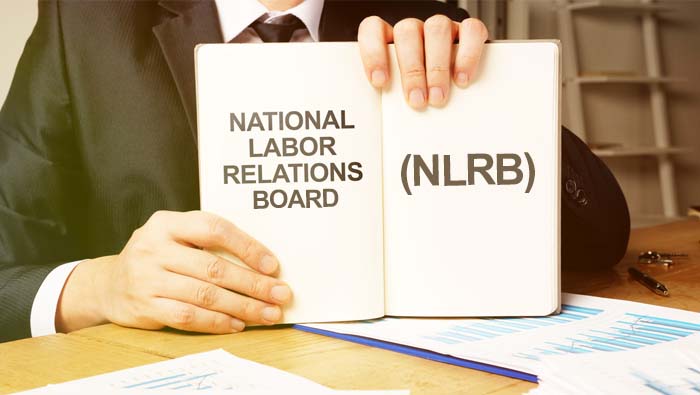On March 8th, 2024, a U.S. district court effectively vacated the National Labor Relations Board’s (NLRB’s) latest joint employer rule. The final rule was to go into effect on February 26th, 2024. However, an earlier ruling by a U.S. state court ruling pushed the effective date to March 11th, 2024. That was the second time that the effective date changed. Earlier, the NLRB made the joint employer rule effective on December 26th, 2023. However, before that March 11 date, the U.S. District Court for the Eastern District of Texas ruled that the latest joint employer rule was “defined overbroadly.” Following this ruling, the original 2020 Joint Employer Rule remains in effect.
Markedly, the new joint employer rule would have rescinded the earlier 2020 final rule. According to the NLRB, the previous rule set a higher threshold and included joint employment descriptions contrary to the statute and Congressional intent. This made it easier for actual joint employers to avoid joint employer status. The new joint employer final rule would have also followed recent employee-friendly decisions from the current NLRB. In September 2023, the NLRB expanded protected concerted activity and other Section 7 protections due to two rulings.
Background and Earlier Rescission of the Previous Rule
In March 2020, the NLRB’s previous final rule provided updated guidance for determining joint employer status in specific situations. Specifically, the rule applied when an employee performed work for their employer that simultaneously benefited another individual or entity. Additionally, the rule included guidance on identifying factors that would not be relevant when determining joint employer status. The 2020 final rule stated that a putative joint employer must “possess and exercise . . . substantial direct and immediate control” over essential terms and conditions of employment. Notably, the rule failed to consider any Department of Labor (DOL) joint employment guidance issued before 2017. The NLRB noted that the rule’s stipulations had no foundation in common law. Given that, the NLRB rescinded the prior 2020 final rule.
Latest Joint Employer Final Rule
In adopting the latest final rule, the NLRB stated that the new rule more faithfully grounded the joint employer standard in established common law principles. In particular, the final rule considered a possible joint employer’s authority to control essential terms and conditions of employment:
- whether or not it exercises that control; and
- regardless of whether such control is direct or indirect.
Overall, the rule established that an entity may be a joint employer of a group of employees if each entity meets two criteria. Firstly, the entity has an employment relationship with the employees. Secondly, they share or codetermine one or more of the employees’ essential terms and conditions of employment. These terms and conditions of employment include the following:
- wages, benefits, and other compensation;
- work hours and scheduling;
- ability to assign duties;
- responsibility to supervise duties;
- work rules and directions governing the manner, means, and methods to perform duties, as well as discipline;
- the ability to hire and discharge employees; and
- control of working conditions related to workplace safety hazards.
Reasons for Vacating the Latest Joint Employer Rule
As has been noted, the U.S. District Court for the Eastern District of Texas struck down what was known as the “2023 Joint Employer Final Rule.” According to Littler Mendelson P.C., by vacating the 2023 Joint Employer Final Rule, the district court:
- declared the 2023 regulations to be contrary to established law, as they went beyond the bounds of the common-law definition of employment; and
- claimed the 2023 rule rescinded the original 2020 “arbitrarily and capriciously” under the Administrative Procedure Act (APA).
Additionally, the court held that the 2023 Final Rule was unlawfully broad as it would have allowed the NLRB to make joint-employer findings solely upon whether employer control was direct or indirect.
Employer Takeaways
In conclusion, the ruling of the U.S. District Court for the Eastern District of Texas means that the recent joint employer rule will not go into effect at any time soon. The NLRB will most likely appeal the ruling, but as of the publication date of this blog post, it has not done so. Until that time, however, joint-employer status determinations need to proceed as dictated under the 2020 Joint Employer Rule.

